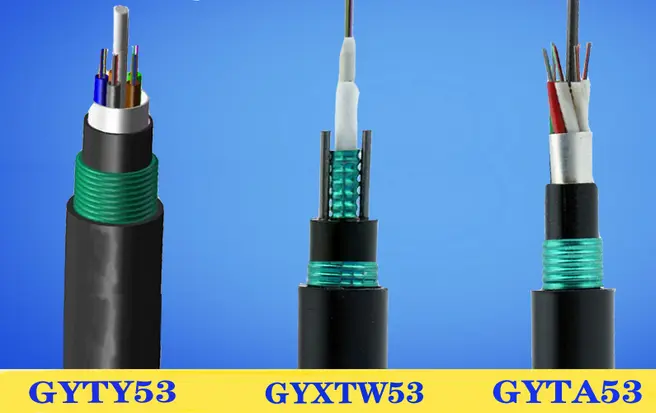In recent years, the reliance on fiber optic cables for high-speed internet and telecommunications has grown significantly. These cables, which are buried underground, are critical infrastructure for modern society, enabling businesses and individuals to communicate, work, and learn online. However, they are also vulnerable to natural disasters and harsh weather conditions, which can cause significant damage and disrupt services.
To address these challenges, experts in the telecommunications industry are developing new techniques and technologies to protect buried fiber optic cables from the elements. Here are some of the key strategies they are using:
Choose the right location: When burying fiber optic cables, it is crucial to select a location that is less prone to flooding, landslides, and other natural disasters. This can involve conducting a thorough survey of the terrain and considering factors such as soil stability, drainage, and proximity to bodies of water.
Use durable materials: The materials used to construct the cable and its protective sheath should be strong and resistant to damage from extreme weather events. This may include using polyethylene jackets, which are more resistant to water and impact damage than traditional PVC jackets.
Implement redundancy: Building redundancy into the fiber optic network can help ensure that services remain operational even if one section of the cable is damaged. This can involve creating multiple paths for the data to travel, as well as using backup power sources.
Monitor the cable network: Regular inspections and monitoring can help detect potential issues before they become serious problems. This can involve using sensors and other monitoring technologies to identify changes in temperature, moisture levels, and other environmental factors that could indicate damage or degradation of the cable.
Plan for disaster recovery: Despite the best efforts to prevent damage, natural disasters can still occur. Having a well-planned disaster recovery strategy in place can help minimize the impact of any disruption. This can involve stockpiling spare parts and equipment, creating backup routes for data, and developing clear communication protocols to keep customers informed.
Protecting buried fiber optic cables from natural disasters and harsh weather conditions is a complex challenge, but it is essential to ensure that critical telecommunications infrastructure remains operational. By using the right materials, implementing redundancy, and monitoring the network closely, telecommunications companies can help prevent damage and ensure that their customers have access to reliable high-speed internet and telecommunications services.
Post time: Mar-16-2023
